The Complete USD to Rhino 3DM Conversion Guide
Table of Contents
- General Information
- Converting and Optimizing USD Files to Rhino 3DM
- What are USD and Rhino 3DM files commonly used for?
- Comparison of Features Supported by USD and Rhino 3DM
- Limitations of USD Files to Rhino 3DM Conversion Workflow
- What's the best way to get USD files into my 3D applications, and are there alternatives to using Rhino 3DM?
General Information
This guide is part of the RapidPipeline 3D Formats Knowledge Database. It shows how to convert USD to Rhino 3DM, if you'd like to know more about the formats, please check out the following links:
Converting and Optimizing USD Files to Rhino 3DM
RapidPipeline can import USD files, but currently doesn't support exporting to Rhino 3DM format yet.
If you specifically need Rhino 3DM export functionality for your workflow, please feel free to get in touch with us - we'd be happy to discuss your requirements and potential timeline for adding this export capability.
If you need, you can import Rhino 3DM files and convert them to any of these 8 formats: FBX, glTF, OBJ, PLY, STL, USD, USDZ, and VRM.
In the meantime, you can explore other options on the 3D Formats Knowledge Database, which might serve as suitable alternatives for your workflow depending on your target applications and use cases.

Comparison of Features Supported by USD and Rhino 3DM
| Feature | Supported by USD | Supported by Rhino 3DM |
|---|---|---|
| Morph Targets | Yes | No |
| Rigid Animations | Yes | No |
| Skinned Animations | Yes | No |
| Animations | Yes | No |
| Free-Form Surfaces | Yes | Yes |
| Geometry Compression | No | No |
| Quad Meshes | Yes | Yes |
| Basic 3D Geometry | Yes | Yes |
| PBR Materials | Yes | Yes |
| Transparent Materials | Yes | Yes |
| Vertex Colors | Yes | Yes |
| Materials | Yes | Yes |
| Scene Composition | Yes | Yes |
| Hierarchical Scene Graph | Yes | Yes |
| Scene Nodes | Yes | Yes |
| Standardized Format | Yes | Partial0 |
| Embedded Textures | No | Partial1 |
| Multiple UV Channels | Yes | Yes |
| Normal Mapping | Yes | Yes |
| Procedural Textures | Yes | Partial2 |
| Texture Compression | No | No |
| Texture Transforms | Yes | Yes |
| Texturing | Yes | Yes |
Limitations of USD Files to Rhino 3DM Conversion Workflow
The following limitations should be taken into account when converting USD files to Rhino 3DM format:
| USD Feature (not supported by Rhino 3DM) | Limitation Details |
|---|---|
| Procedural Textures | Procedural Textures Support: USD: Full support | Rhino 3DM: Partial support 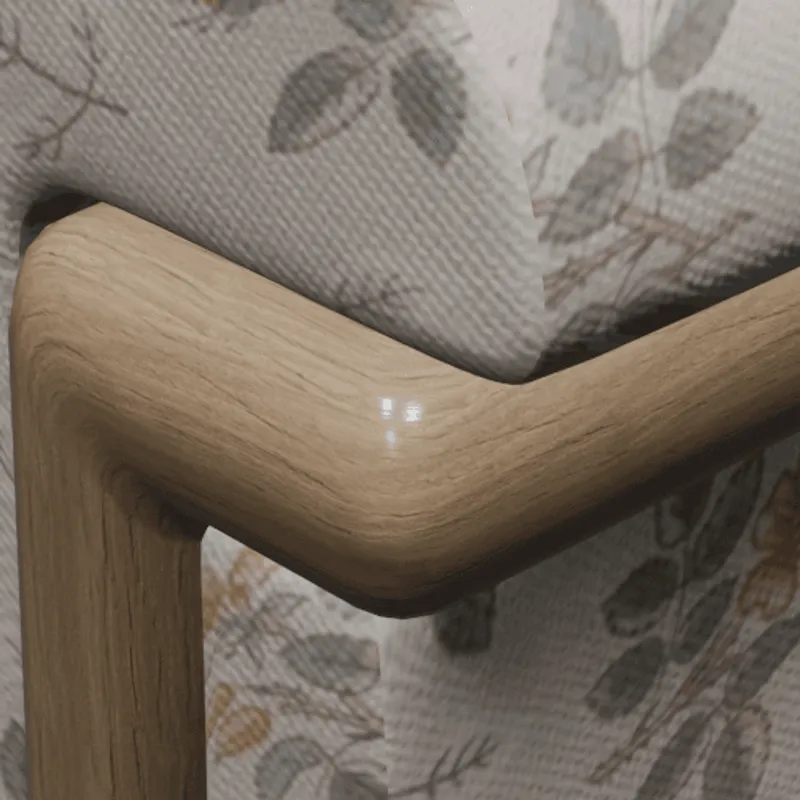 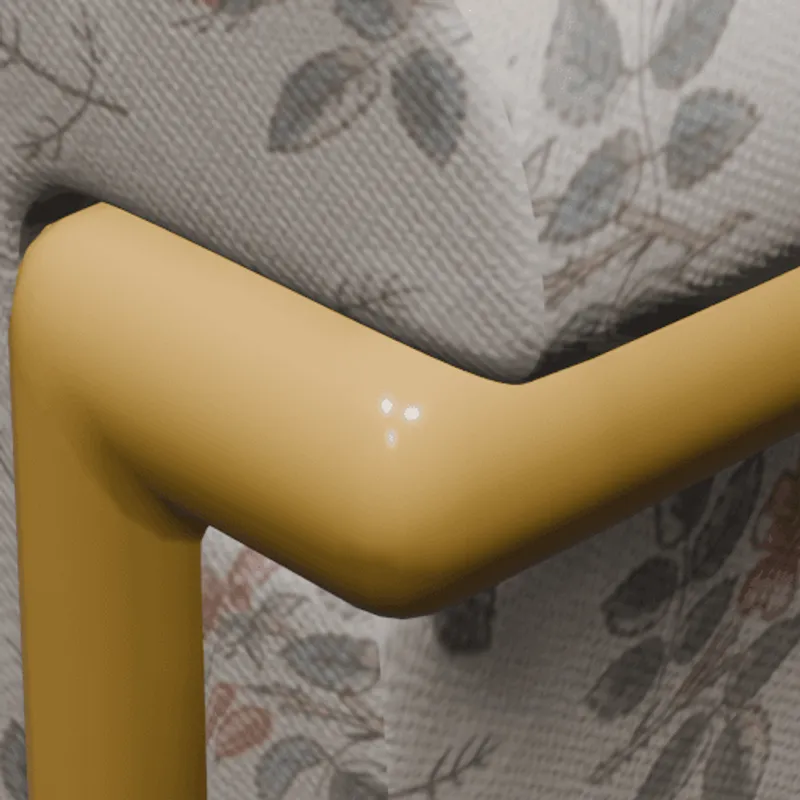 Rhino 3DM Notes: Basic procedural material support Impact: Procedural texture allow the modeling of surface details through mathematical functions, along with artistic control over various parameters. Typically, they are used for patterns like wood grain or other semi-regular structures. Since they are not using any pixels as source data, procedural textures have, in principle, infinite resolution and are very lightweight to describe. In this example, a procedural texture is used to model the look of a wooden material. Without support for this feature, in this case, the wooden parts won't show any visible details. |
| Animations | Animations Support: USD: Full support | Rhino 3DM: No support 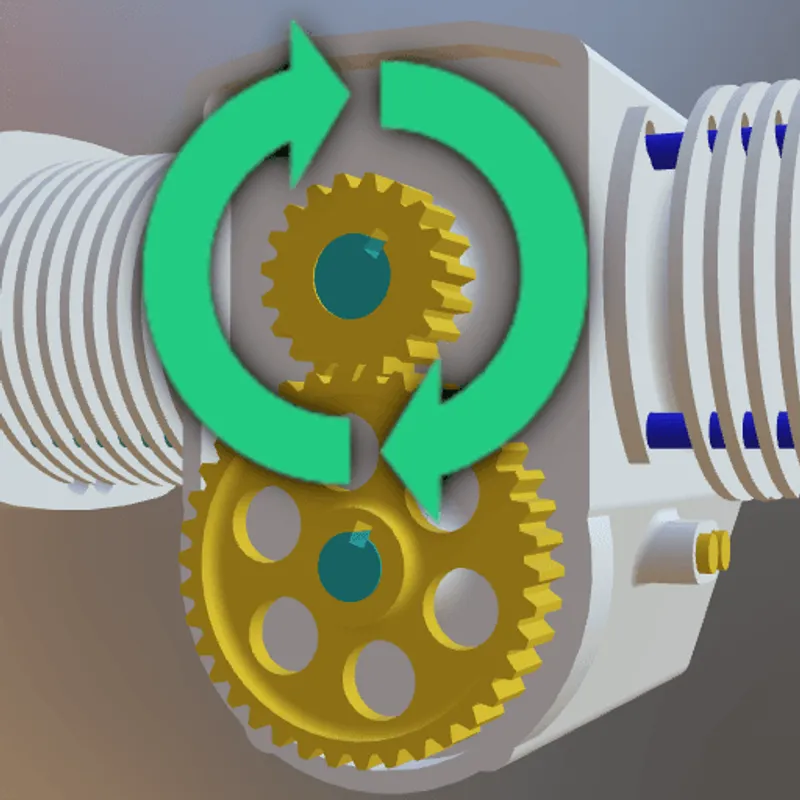 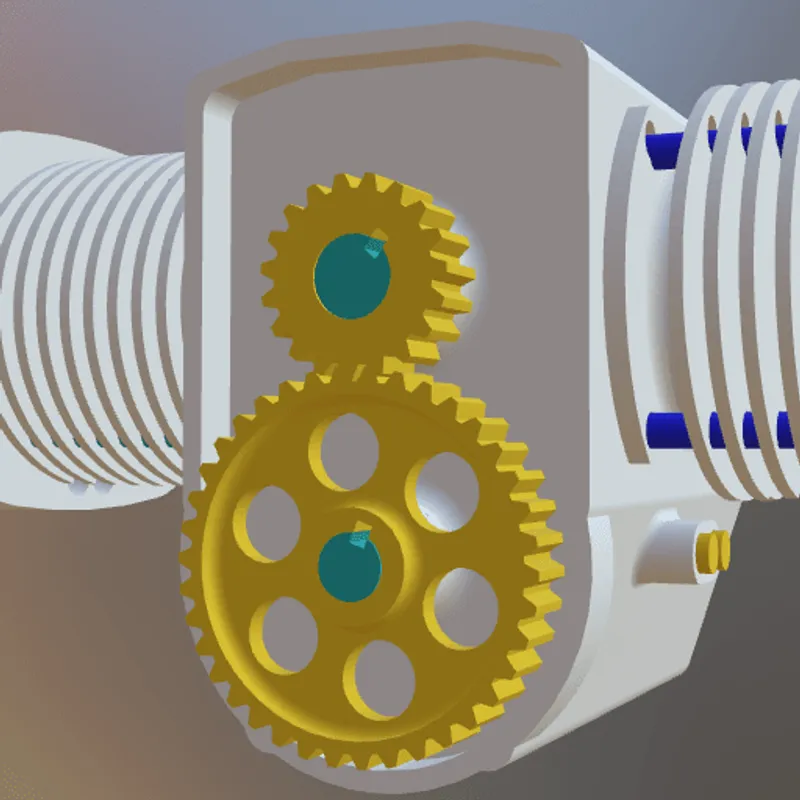 Impact: Animations are an important part of many interactive 3D assets, for example in real-time rendering (including games, XR training, assembly instructions, product demos, and other use cases). There are various kinds of animations that can be used on 3D models. In this example model, a rigid animation is used to make the gears spin. Without support for this feature, in this example, the gears won't move. |
| Skinned Animations | Skinned Animations Support: USD: Full support | Rhino 3DM: No support   Impact: Skinned animations are commonly used for 3D character models in interactive applications, such as games or virtual worlds. They make it possible to easily animate the 3D model using a helper structure based on virtual bones, composing a virtual skeleton for animation control. In this example, a skinned animation is used to pose a 3D character. Without support for skinned animations, the 3D model will remain in its default pose, such as the default T-pose. |
| Morph Targets | Morph Targets Support: USD: Full support | Rhino 3DM: No support 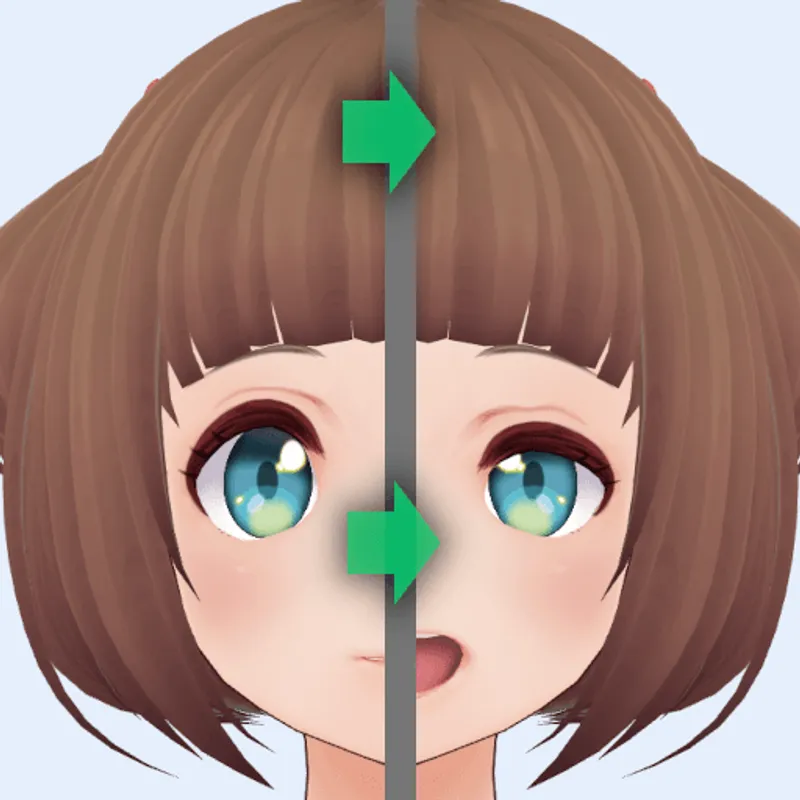 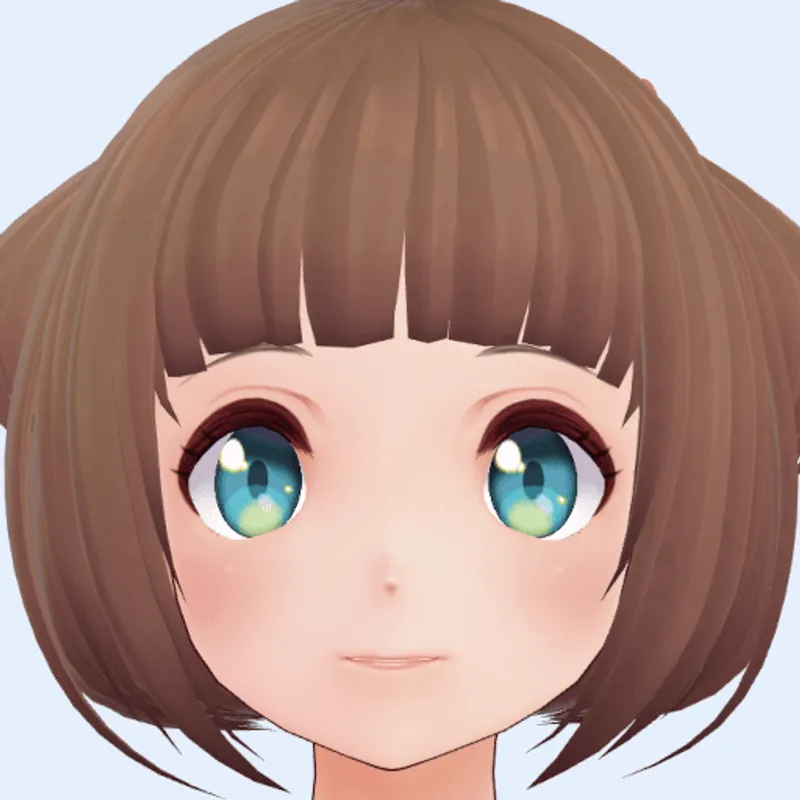 Impact: Morph Targets, or "Blend Shapes", are commonly used to animate facial expressions and soft surfaces, for example cloth under a cloth simulation. They model various states of the animations with different vertex positions. In contrast to skinned animations, morph targets do not use any virtual bones, but work solely on the vertex data. In this example, a facial animation is achieved through morph targets. Without suport for this feature, in this example, the face will not show the animation. |
| Rigid Animations | Rigid Animations Support: USD: Full support | Rhino 3DM: No support 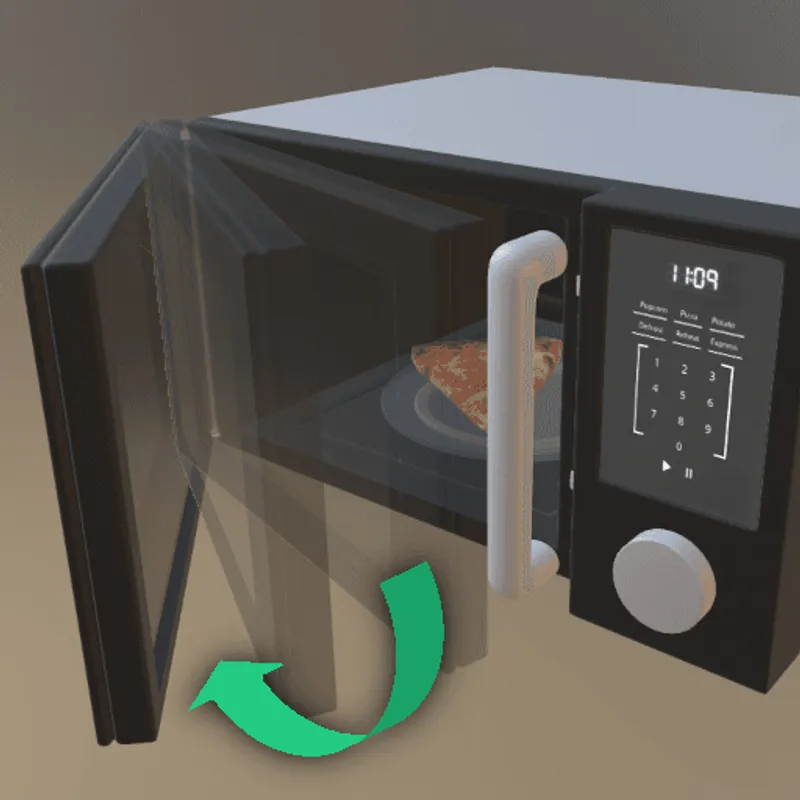 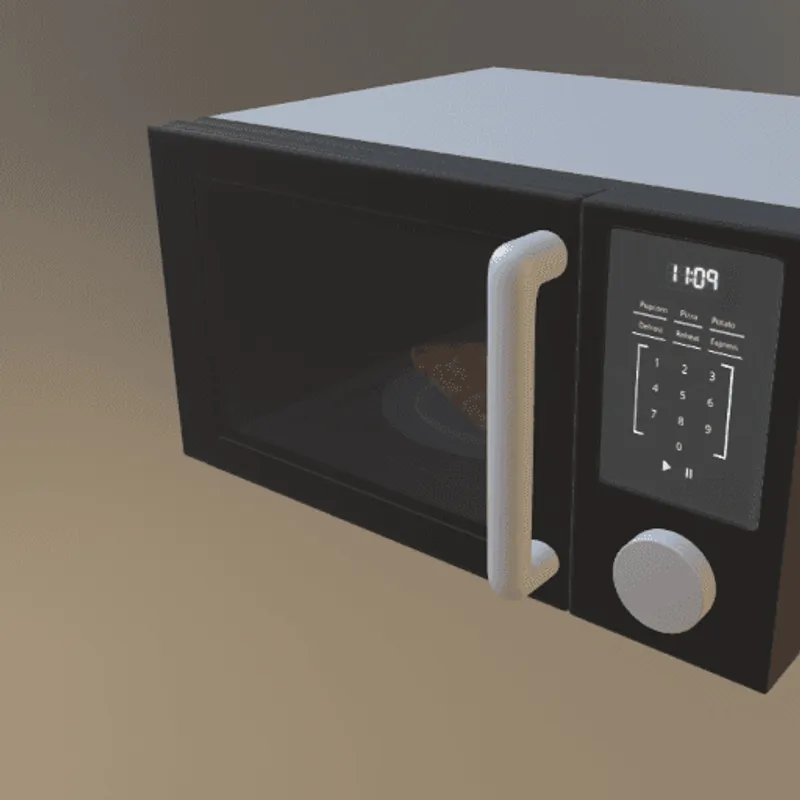 Impact: Rigid Animations are typically used to animate mechanical parts. In this example, the door of this 3D model of a microwave can be interactively opened or closed, using a rigid animation that gradually changes the 3D transformation of the door. Without support for this feature, in this example, the door will just stay in place and won't move. |
| Standardized Format | Standardized Format Support: USD: Full support | Rhino 3DM: Partial support   Rhino 3DM Notes: Proprietary format with open specification (openNURBS) Impact: Standardization plays a huge role in 3D model formats. With a format being standardized, every application will have a clear way of how to load or store data using this format. This makes it easier to re-use the 3D model across different applications, but also to make sure it will still be accessible and usable after a couple of years. |
What's the best way to get USD files into my 3D applications, and are there alternatives to using Rhino 3DM?
Doing 3D conversion right, especially at scale, can be tricky, as 3D data is in general a rather complex (yet very powerful!) medium. This also applies to USD and Rhino 3DM files - the conversion guide above provides a rough first idea about that. Once you know what you would like to do, tools like RapidPipeline can help you perform the necessary steps, and to even automate the process for thousands or even millions of files.
Especially when introducing pipelines and workflows at scale in an enterprise context, it is usually good to rely on dedicated tools and expertise, making sure you do not introduce any steps into your 3D workflow that are detrimental to the final output's quality, or that take your team too much time (and money).
If you're interested to hire dedicated expertise from the best in the field to help your company reach your goals fast and reliably, please do not hestitate to contact DGG. Being the creators of RapidPipeline, and ambassadors for open 3D standards for more than a decade, we have been building some of the world's most advanced 3D pipelines, having processed many millions of 3D assets.
Therefore, our expertise will help you to reach your goals faster, at scale, and with the least possible friction, since we are focused on maximum interoperability.
To get started with 3D data conversion and optimization today, sign up for a free account!
If you have any questions, feel free to chat with our human team.
Meet the Author

3D Knowledge Team
3D Technical Artists
RapidPipeline lets you convert, optimize and prepare your 3D models, easily. Try it today, or meet our human 3D experts. The Best-in-Class Tools for Your 3D Processing Jobs